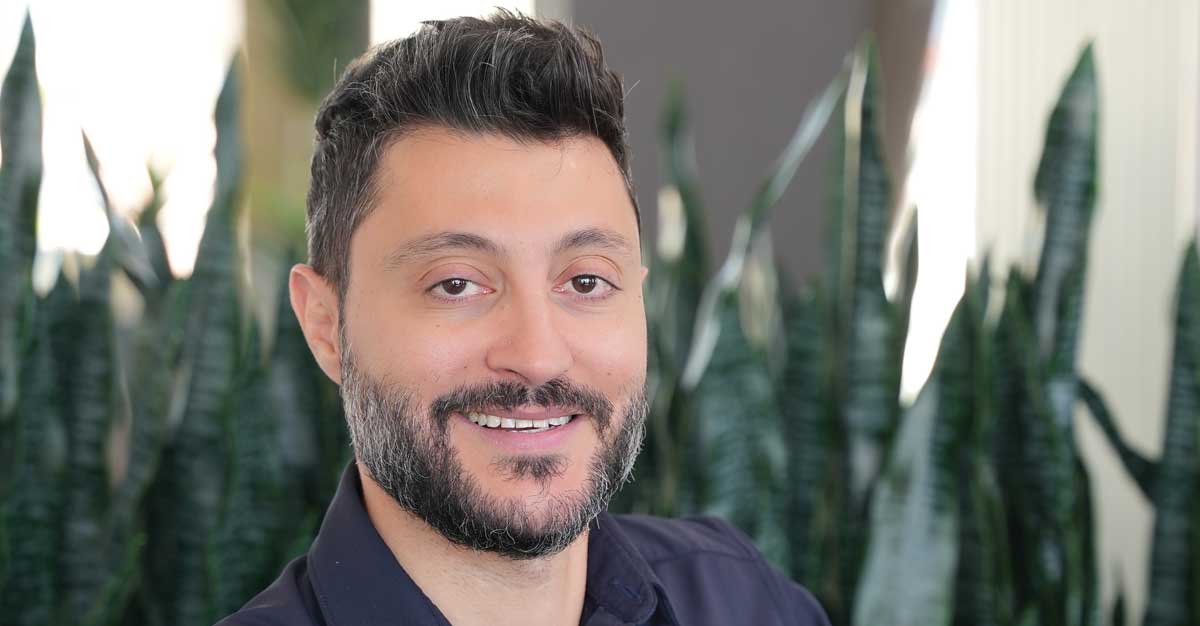11 Mar Dr. Ralph Hawat
The Future of Fillers: Natural, Long-Lasting, and Evolving
In today’s world of aesthetic medicine, dermal fillers have become a cornerstone of facial rejuvenation. But with the rise of new technologies, shifting trends, and concerns about overfilled faces, the approach to fillers is evolving.
“The power of fillers lies in their ability to restore, refine, and rejuvenate—not to change,” says Dr. Ralph Hawat, a leading expert in aesthetic medicine. In this exclusive interview with Plastic & Aesthetic Magazine, Dr. Hawat shares his insights on the latest innovations in fillers, the growing role of regenerative medicine, and what patients need to know for safe and natural results.
The Evolution of Fillers: What’s New?
Older-generation fillers often led to puffiness and accumulation over time. Today’s advanced fillers—such as Teosyal RHA, Juvéderm Voluma, Restylane Volyme, and Defyne—are designed to blend seamlessly with the skin, reducing risks of lumpiness while offering longer-lasting and more natural outcomes.
How to Choose the Right Filler?
“There’s no ‘best’ filler—only the right filler for each patient,” Dr. Hawat explains. Factors like skin thickness, elasticity, and volume loss dictate the choice of product. Fillers also expand and settle over time, meaning results evolve within two weeks post-injection.
Fillers vs. Biostimulators: What’s the Difference?
Hyaluronic acid (HA) fillers remain the gold standard for restoring lost volume. However, biostimulators like Sculptra (poly-L-lactic acid) and Radiesse (calcium hydroxylapatite) work differently by stimulating collagen production. Dr. Hawat emphasizes that biostimulators alone cannot replace fillers, especially for those with significant volume loss. The best results come from a combination approach—restoring volume with fillers first, then improving skin quality with biostimulators.
Advancements in Filler Technology
Top brands like Juvéderm and Restylane continue to refine their formulas to create softer, more flexible, and better-integrated fillers. However, Dr. Hawat warns that some practitioners still use older versions due to cost, which may lead to less natural results. He encourages patients to ask about the specific generation of filler being used.
Expanding Applications: Beyond Facial Rejuvenation
Fillers are now used for labial enhancement, penile augmentation, buttock contouring, and even muscle definition for bodybuilders. While their versatility is expanding, misuse has led to concerns about the overfilled look, often caused by untrained injectors using excessive or outdated products.
Filler Longevity & How to Maintain Results
Fillers last anywhere from six months to three years, depending on the area treated and individual metabolism. Dr. Hawat advises against overfilling or frequent touch-ups—especially in areas like the lips, where repeated injections can lead to product migration or an unnatural look. He also notes that athletes and individuals with high metabolic rates may break down fillers faster due to increased fat-burning.
Filler Migration: Myth or Reality?
While filler migration is a growing concern, Dr. Hawat clarifies that when fillers are injected correctly into the right anatomical layer, migration is extremely rare. The problem arises when untrained injectors place fillers too superficially or in mobile areas, causing the product to shift.
Why Permanent Fillers Are No Longer Recommended
Unlike hyaluronic acid fillers, permanent fillers do not dissolve, making them a high-risk option. Over time, they can migrate, form lumps, and lead to complications that are difficult to correct. This is why they are banned in many countries and largely abandoned by experienced professionals.
The Importance of Proper Injection Techniques
New techniques, such as the “liquid facelift,” strategically place small amounts of filler to restore lost volume without creating an overdone look. Safety has also improved with better cannula use, aspiration techniques, and emergency protocols for vascular complications.
Dr. Hawat stresses that filler injections require extensive anatomical knowledge and hands-on experience to avoid serious complications like vascular occlusion, which, if untreated, can lead to blindness or tissue necrosis.
The Rise of Regenerative Aesthetic Medicine
According to Dr. Hawat, the future of aesthetics is moving towards regenerative medicine. Over the next few years, stem cells, exosomes, and gene therapy will play a significant role in reversing aging and improving skin quality at a cellular level.
Choosing the Right Injector: What Patients Should Know
With the rise of social media injectors, Dr. Hawat warns that popularity does not equal expertise. “What you see online can be misleading. Medicine requires years of training, not just a good Instagram page.” He advises patients to look for:
✔️ A licensed and experienced provider
✔️ A doctor who takes time to assess and explain treatments
✔️ Someone available for follow-ups and managing complications
✔️ Natural-looking results in their portfolio
Final Thoughts: A Balanced Approach is Key
Despite growing skepticism, Dr. Hawat believes fillers remain an essential tool in aesthetic medicine. However, moderation, proper technique, and high-quality products are crucial.
“The best results come from an artistic approach—enhancing natural beauty rather than overcorrecting.”
For those considering fillers, the key takeaway is education, personalization, and choosing the right expert to achieve safe, subtle, and long-lasting results.
To learn more about Dr. Ralph Hawat: https://drralphhawat.com/
https://www.instagram.com/drralphhawat/?hl=en






